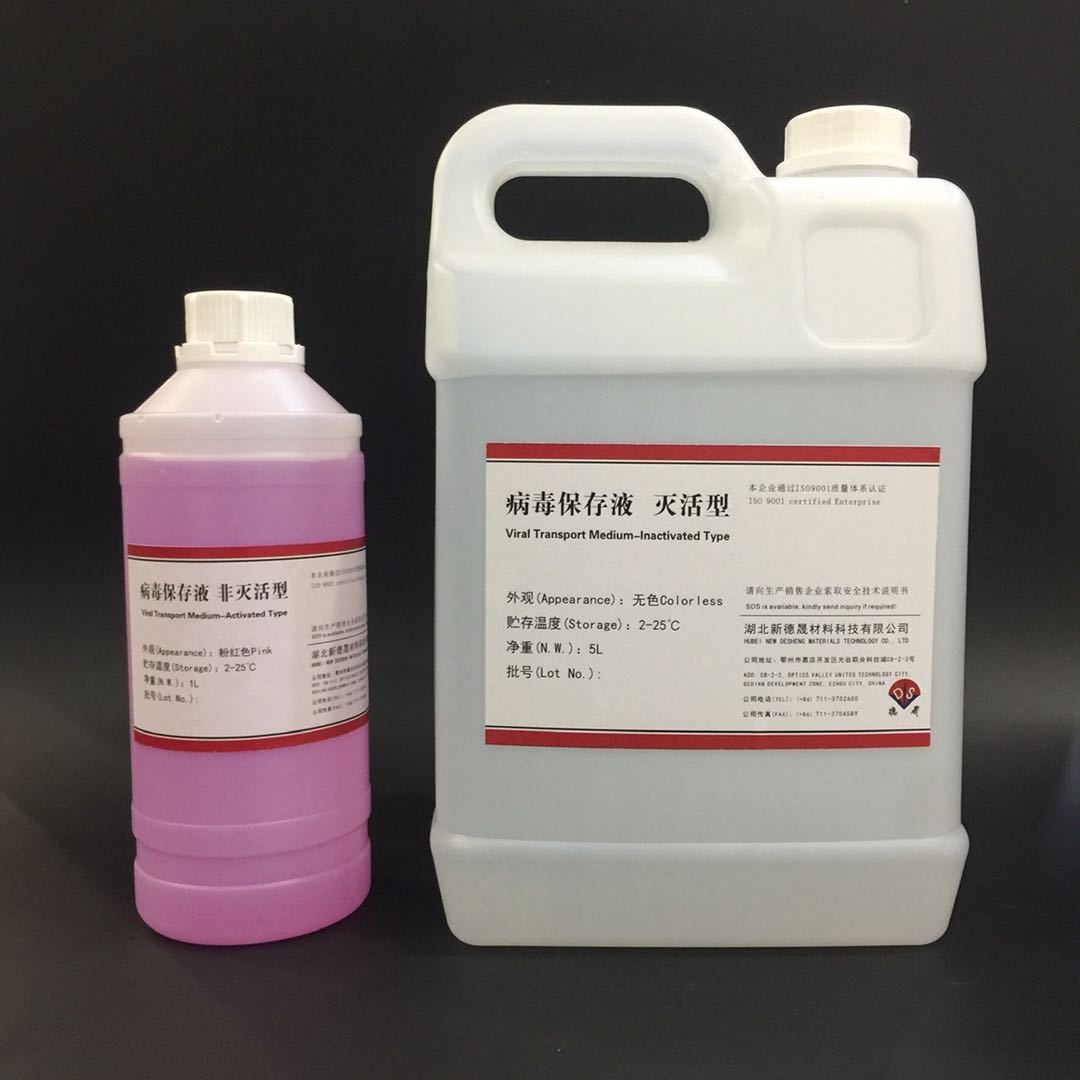What is the difference between nucleic acid testing and antibody testing?
Release time:
2020-07-18
Nucleic acid testing as a "gold standard" for the diagnosis of new coronavirus infection, the detection rate of nucleic acid cannot reach 100%, and there are more and more "false negative" phenomena on the market. The issue of "false negatives" has always been the focus of attention of all parties. Recently, the National Health Care Commission Clinical Testing Center stated that it is an effective method to supplement the detection of new coronavirus specific antibodies for the problem that nucleic acid detection "false negative" cannot be completely avoided. So what is antibody testing and what is the difference between antibody testing and nucleic acid testing?
Nucleic acid detection materials——Virus Transport Media
What is antibody testing?
Antibody detection is based on the principle of specific binding of antigen and antibody, using one of colloidal gold method, immunofluorescence chromatography, enzyme-linked immunoassay, chemiluminescence method, etc. to detect blood, and N protein or S protein etc. Reagents that produce IgM or IgG antibody concentration values. Antibody detection of novel coronaviruses includes IgM and IgG. Among them, a positive IgM antibody indicates a recent infection, and a positive IgG antibody indicates a longer infection time or previous infection.
What is the difference between antibody testing and nucleic acid testing?
Antibody testing is a supplement to the "false negatives" of nucleic acid testing. The combination of the two can effectively improve the diagnostic efficacy of new coronary pneumonia and has extraordinary value for epidemic prevention and control.
1. Different samples
Nucleic acid detection is a direct detection of viruses. It requires respiratory samples, including pharyngeal, nasopharyngeal secretions, sputum, bronchial tubes, lavage fluid, and lung tissue biopsy. The collection process is very complicated. The storage conditions of nucleic acid samples are harsh, RNA is very easy to cleave, and can only be stored for 24 hours at 4℃.
Antibody testing is an indirect test, which can also be said to be a blood test. It can be collected by peripheral blood or venous blood. The sample collection method is more convenient and safe, and the sample can be stored for 72 hours.
2. Different detection conditions
Nucleic acid testing requires specialized instruments and standard molecular testing laboratories, and requires PCR certification personnel to operate. The steps are cumbersome and the whole process takes 5-8 hours. The risk of infection in the process is high.
Antibody detection Antibody detection breaks through the limitations of existing nucleic acid detection methods on personnel and places, can be quickly detected in large quantities, and can be completed in the primary laboratory, and the risk of infection is small.
3. Different methods and raw materials
The detection of new coronaviruses currently uses the nucleic acid detection method, the second-generation real-time fluorescent quantitative PCR technology. The reagent materials used include Tris, Tris-HC, DTT, guanidine hydrochloride, BSA, guanidine isothiocyanate, EDTA and so on.
Common methods for antibody diagnosis include colloidal gold method, immunofluorescence chromatography, enzyme-linked immunoassay, chemiluminescence method. The reagent materials used include buffer salt Tris, luminescence detection substrate: luminol, luminol sodium salt, isoluminum Connaught, ABEI, ELISA detection materials: TMB, NBT, BCIP, BCIP-2Na, EDC-HCL, NHS and colloidal gold method materials: BSA, EDC-HCL, etc.
Next page
Next page
Contact details
Contact number
Address: C8, Guanggu United Science and Technology City, Ezhou City, Hubei Province
Fax:0711-3704 589
Follow us




